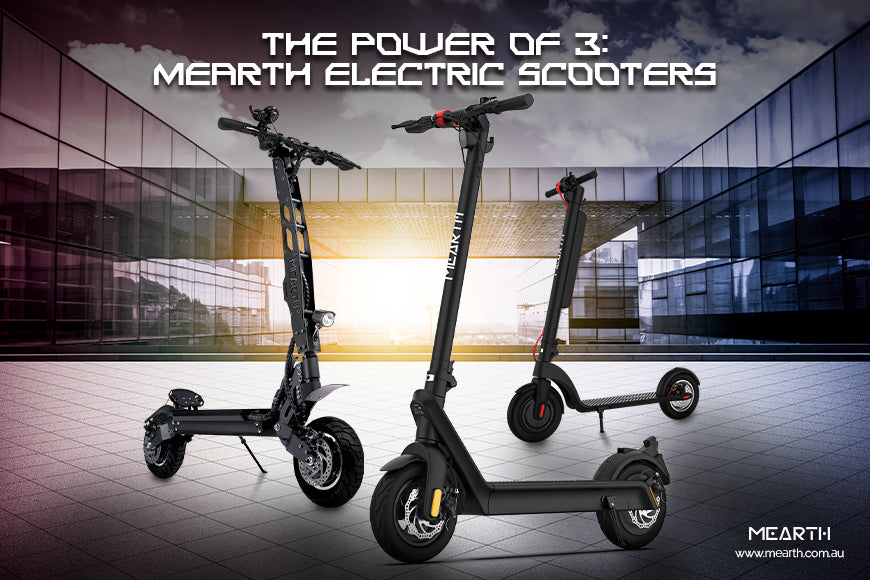
Did you know that only a small percentage of women ride an e-scooter? Men are twice as likely as women to use micro-mobility devices like electric scooters.
Safety fears may be a big reason why.
Yes, this is according to research made by Transport Findings. Most electric scooter riders are men. E-scooters, including bicycles, scooters, skateboards, and other foot-and battery-boosted “little vehicles” that have a diverse miscellany of mechanisms (like knots and bolts) have one thing in common: They all attract more men to ride these PMDs than women in major cities.
The danger factor of micro-mobility seems to be the main obstacle to wholehearted consumer acceptance of electric scooters wherever, including the infrastructures people have come to depend on.
Trying to fix that gender gap may take more than just adding safety features to electric scooters. “Young males are more willing to give up safety considerations on account of speed or convenience,” said Kevin Krizek, a professor of transportation at the University of Colorado Boulder who co-authored the research. “This would be somewhat of a reflection of the electric scooter’s appearance by itself. Add to that the rider’s safety on the streets,” he added.
In said study, it indicated who’s likely to use different transportation modes for example, and what types of trips they’re likely to make with them. There was one standout pattern -- men are twice as likely as women to say that they’d used an e-scooter for a short trip.
It is not a surprise that PMDs are the most popular among youths under age 17 and adults in the (rather wide demographic) 18-50 ages. The study also observed that about 75 percent of these trips were shorter than 2.5 miles, while the median little vehicle trip length was 1.2 miles—creating a potential delight for shifting the 25 percent of personal car trips that are less than 2 miles long, to a tiny, zero-emission mode, which is that of electric scooters.
While the data presented in the study comes with a caveat due to its small sample size (only around 500 respondents said they used an e-scooter) and the fact that 2017 was just at the very beginning of the wave of electric scooters, in a short time, shared bikes and e-scooters were sweeping major cities across the globe. It’s possible too, that rider demographics and usage patterns have since changed. But the trends in the study identified a consistent precedent with what more recent ridership studies have found in specific cities.
Fear factors have consistently kept a good number of people away from scooters, and less of the actual physical appearance of the electric scooters themselves. The issue has more to do with the lack of protected lanes to allow the riders to ride safely. (Perhaps this is the reason for the lawmakers vacillating in some cities in Australia – the safety issue if riders are allowed to ride on main thoroughfares).
The study also noted that the unwillingness of women and other groups to take advantage of the benefits and advantages offered in ‘scooter-dom’ may be the hindrance to the broad mode shifts that the two-wheel micro mobile devices are able to deliver.
The reason for the reluctance has also been established -- why only a negligible 24 percent of e-scooter trips are made by women -- comes down to feeling less secure and comfortable in high-risk traffic situations, where they (riders) consider themselves physically exposed, and thus, vulnerable and defenseless.
Proponents of the PMDs concur that design might be part of the answer to overcoming the gap. As such, new vehicle formats and designs could help close the gender gap. But as long as the root of the problem remains unresolved, legal issues will always be a threat to the viability of the electric scooter. One transportation consultant has said, “If you have the right infrastructure, you can try all kinds of cool things, and you will probably make them work." Safely.
The earlier product releases of the stand-up e-scooters in previous years caused a stir, as those notoriously wobbly devices would require quick reflexes and ‘super’ agility to maneuver. Horace Dediu, a mobility analyst and the founder of the Micro Mobility Conference in the US has predicted that the shape and arrangement of electric-powered scooters, in particular, will evolve to accommodate a broader set of body types and comfort levels.
It has already been happening in Australia, today. MEARTH takes the lead. As a socially responsible company that is a well-loved, homegrown Australian brand, the company is continuously designing and developing top-tier, high-quality, top-performing electric scooters that cater to different types of customers – the Mearth S series, for the newbies, wanting to learn to ride, the RS series for the more experienced long-range adventurer, and later, the GTS series, for the action-driven, adrenalin-pumping, off-terrain enthusiasts.
Going the extra mile too, MEARTH has well-trained product specialists, customer care teams, and after-sales personnel to take care of their customers’ concerns, guiding them on their responsibilities as e-scooter riders, instructing them on how to properly care for and maintain their electric scooter, how to properly ride and operate their PMDs, where to legally ride and avoid vehicle traffic violations, including diligent adherence to road regulations, and the importance of getting an insurance and the need to apply for licenses.
The laws in effect in different cities in Australia mean serious business. Compliance to the legal sanctions will help ensure that as more enhancements and women-friendly electric scooters are developed and made available in the market, hesitancy may be hurdled faster with enduring success.




Leave a comment
This site is protected by hCaptcha and the hCaptcha Privacy Policy and Terms of Service apply.